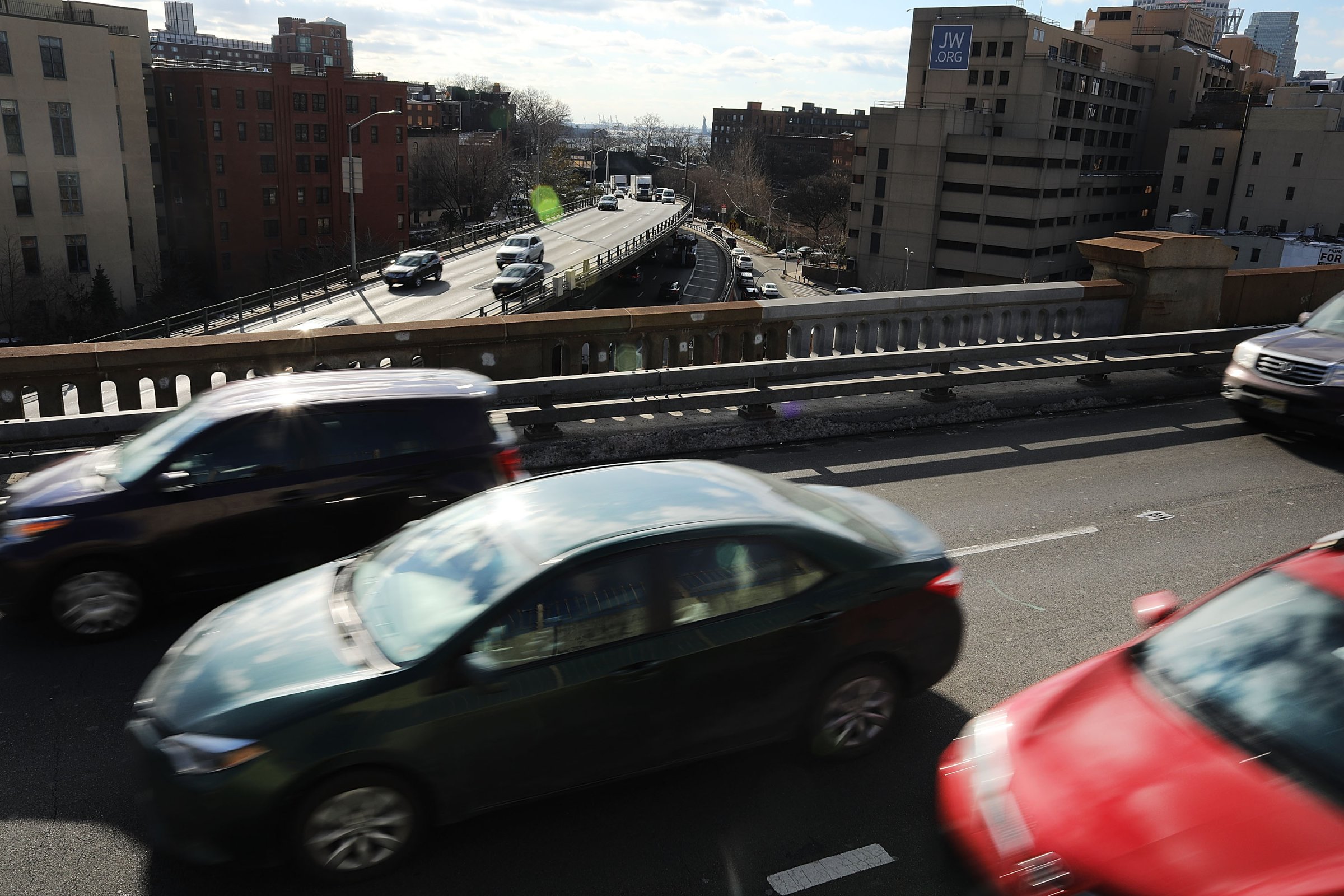
America is ripe for major investment in infrastructure. But making it pay off will require not just addressing the funding gaps but also fundamentally redesigning the country’s approach. McKinsey’s research suggests that every well-spent dollar of infrastructure investment would raise GDP by 20¢ in the long run–if deployed correctly. These four steps could help:
1. FOCUS ON THE OUTCOMES
U.S. infrastructure strategy almost exclusively emphasizes inputs, such as planning, procurement and construction requirements, rather than the desired outcomes. It should focus on impacts: Will a road project reduce travel times or make it safer? Will a project promote economic development, create jobs and support interstate commerce?
Large-scale, multistate projects often bring the biggest payoff. But these can also be the most difficult to deliver. Take, for example, the Gateway Program in New York and New Jersey. By replacing century-old rail assets critical to the Northeast, it has the potential to improve citizens’ mobility and foster enormous economic benefits for the region. Metropolitan congestion is a national imperative. Oil- and gas-pipeline capacity, particularly at the regional level, shapes manufacturing location decisions, national competitiveness and job creation.
2. ESTABLISH A CLEAR POINT OF ACCOUNTABILITY WITHIN THE FEDERAL GOVERNMENT
When it comes to approving and managing projects, federal agencies often have conflicting mandates and priorities. No one agency or entity is truly empowered to break ties. Protecting the environment is rightly a cornerstone of the U.S. evaluation process. But other democracies suggest it is possible to properly review projects and mitigate risks while also moving them forward in as little as half the time. Australia created an accountable body specifically to improve the permitting process and eliminate decision paralysis. In Canada, the Infrastructure Ontario program built more than 30 hospitals on time and on budget.
The federal government could also help catalyze better performance from the construction industry. U.S. construction-labor productivity is lower today than it was in 1968, while all other major industrial sectors have experienced impressive gains. We need a national effort to systematically unlock productivity-enhancing innovations.
3. EMPOWER STATE AND LOCAL EXPERIMENTS
In our experience, many of the most successful and innovative recent projects were delivered by mayors or governors. While these projects are city- or state-owned and -operated, the federal government typically funds, finances and regulates the vast majority of water, wastewater and transportation projects. Washington can learn from cities and states, collecting and sharing innovations from across the country.
For existing infrastructure, the federal government could provide incentives for cities and states to more rapidly deploy smart solutions like demand-based pricing and Internet of Things technology to evaluate problems and manage performance in real time.
4. ATTRACT MORE PRIVATE-SECTOR FUNDING
Private investors have some $120 trillion in assets under management, and they are looking for solid long-term investments. As the head of one U.S. pension fund told us, “In theory, the U.S. would be the greatest infrastructure investment market in the world. In reality, it isn’t worth the headache, and the pipeline of projects is pitiful.”
Multibillion-dollar federal credit programs such as TIFIA, WIFIA and RRIF can be powerful tools to attract capital and increase the project pipeline.
Lastly, the federal government could consider providing incentives to the states to monetize existing assets and redeploy the income into new projects. Australia has spurred significant increases in infrastructure investment since its federal government implemented a program that offers a 15% premium to any state that monetizes an asset, as long as the proceeds go to new infrastructure.
The writers are partners at McKinsey & Company, specializing in infrastructure
More Must-Reads from TIME
- Cybersecurity Experts Are Sounding the Alarm on DOGE
- Meet the 2025 Women of the Year
- The Harsh Truth About Disability Inclusion
- Why Do More Young Adults Have Cancer?
- Colman Domingo Leads With Radical Love
- How to Get Better at Doing Things Alone
- Michelle Zauner Stares Down the Darkness
Contact us at letters@time.com